Oil Separator, Park/Steer Assist and Parasitic Draw
Consider this a “cold weather†check
Four distinct parts are offered within this series of articles and are an aid towards basic service for models such as the Audi Q3 and VW Tiguan which share a platform. These models are similar when examining the engine, transmission and AWD except for added, and complex, controllers attached to the Q3 network. The complexities are the infotainment and driver warning systems that are supplementary features with the Q3.
The first matter of interest is basic service and how systems work between these two models. Note that each model has the CCTA TFSI (Turbo Fuel Stratified Injection) engine, the AQ 250 6F 6 speed Tiptronic transmission, and AWD Haldex.
If the VCDS labels are read side by side for the three mentioned controllers, note that the data and descriptors are nearly identical between models except for part numbers.
| Tools Used |
|---|
| Ross-Tech VCDS with a 90 amp floating power supply |
| Laptop, Android tablet, Android Blackberry |
| 2-channel oscilloscope with BNC-to-banana adapter |
| Sperry Smartmeter, Prova-05 amp clamp with attachments |
| Slack tube manometer, purpose made test cap, and hand made ultrasonic tester |
| Pen, paper, camera, and screen capturing software with Android applications |
Q3 Service and Inspection
The owners of the Q3 were in need of a general inspection and service to prepare for the next calendar year. This particular model is commonly used in the city but taken out occasionally on extended highway trips. Since 2016, this model only has about 25,000 miles on the odometer. Fuel recommendations were always premium and oil changes were maintained/agreed to every 5,000 miles using quality full synthetic 5W-30 SN Plus.
Cold weather service can be appreciated with these vehicle owners when it is correctly performed. This always includes the cleaning of the lower engine panels, inner wheel liners, and oil pan with heater. The image here is a specific heater and aftermarket purchase. For these Q3 and Tiguan models, the heater is comprised of two elements. Use the instructions and follow them to correctly install this type of oil pan heater.
When temperatures drop to about -30 degrees F, that heater is greatly appreciated with the correct oil and high quality fuel. If battery voltage drops far enough, expect unusual adaptations and occasional loss of electric steering. More on that later.
What about oil? What about fuel?
Oil and filters via the mentality of manufacturers is not in any way reality. The combination of poor quality fuels with the low budget oil change shops at $49.95 is a recipe for disaster and a very poor investment. Try to inform/educate the customer with the owner’s manual (that has never been read), and the benefits of high quality fuel and oil. Read the manual again and notice the “perfect†conditions required to drive the “grocery getter.†No one drives these models on the Autobahn at 75 miles per hour all day long. The worst case above is when LSPI (Low Speed Pre-Ignition) takes place.
Fuels, oils, filters, specifications, and testing will be discussed later with details.
With any service for respectfully minded and concerned vehicle owners, help and educate them with their owner’s literature. Technicians should also follow the literature as a guide in relation to the weather and conditions the vehicle is experiencing.
With the Q3 and the Tiguan models, inspect/test tires (rotations and pressures), door(s) operations, rear gate wipers/lighting/electronics, LIN controlled FR wipers, lights, battery, belts, cabin filters, air filters, oil leaks, suspension components, and brake assemblies. Maintain and read past service history records.
Stock high quality parts and invoice accordingly.
When cracking an oil filter loose, let it drain its contents while preparing the vehicle for oil and filter replacement with an inspection. Replace the drain plug seal at all times.
Always use clean oil on the sealing surface on the replacement filter.
With any direct injected engine, use SN Plus compliant oil.
Warm the engine if this version is the first of its kind in the repair facility, count and calculate the volume of oil to its filled point hot and mark it for future reference.
This is a neat trick when some of these models don’t have a dipstick!
Setting the SRI Service Reminder Indicator
Click the SRI Reset button. Depending on the Q3 that is being serviced, there may be more than one SRI reset when service is completed. Check and test the dropdown list to ensure the appropriate version is accessed before releasing the vehicle to the owner of the Q3. Recognize that VCDS will access the reset via Instrument Cluster Electronics.
New and updated requirements: Coolant Types/Versions
G12 has been the most common type of coolant to date, but G13 is what should be used when replacing/flushing these systems. Refer to the previous derFix article “Tiguan Leaks and Heating Woes.â€
Modern cooling systems appear to leak when viewed in the coolant reservoir.
There is no leak; this is “micro†consumption between gaskets and assemblies.
There is no such thing as a perfect seal!
Adding pure coolant to top up is not the best idea because it is too pure and changes the current concentration levels. Measure the coolant with a refractometer or the standard old school hydrometer and calculate the requirements. For such small amounts in the reservoir, consider this option, especially if G12 or G13 is unknown in the system.
Mixing G12 and G13 solutions should not be considered. Stick to one or the other, but any replacement to G13 should be tagged at the reservoir for future recognition.
If the readings provide standard cooling and freezing protection, consider using deionized water instead of distilled water for top-ups in this case. Always measure the coolant!
Brake fluid
Manufacturers generally recommend brake fluid replacement every two years, but this could be considered debatable with a vehicle with no mileage, sitting in a garage, and the fluid is in a clear state. A brake fluid tester, however, can quickly determine the percentage of moisture in brake/clutch fluid(s) within the reservoir(s).
Use the correct brake fluid type to match the vehicle.
For the young and learning technicians
What should be learned with this type of service?
- Perform a circle check.
- Protect the vehicle interior and exterior.
- Scan the entire system with a clean and stable power supply attached.
- Maintain records of all scans and tests.
- Build a reputation with the customer and the service center.
- Do it right or lose that reputation.
- Transfer all gathered notes to the RO or WO.
Remember to protect the customer’s privacy and all recorded information.

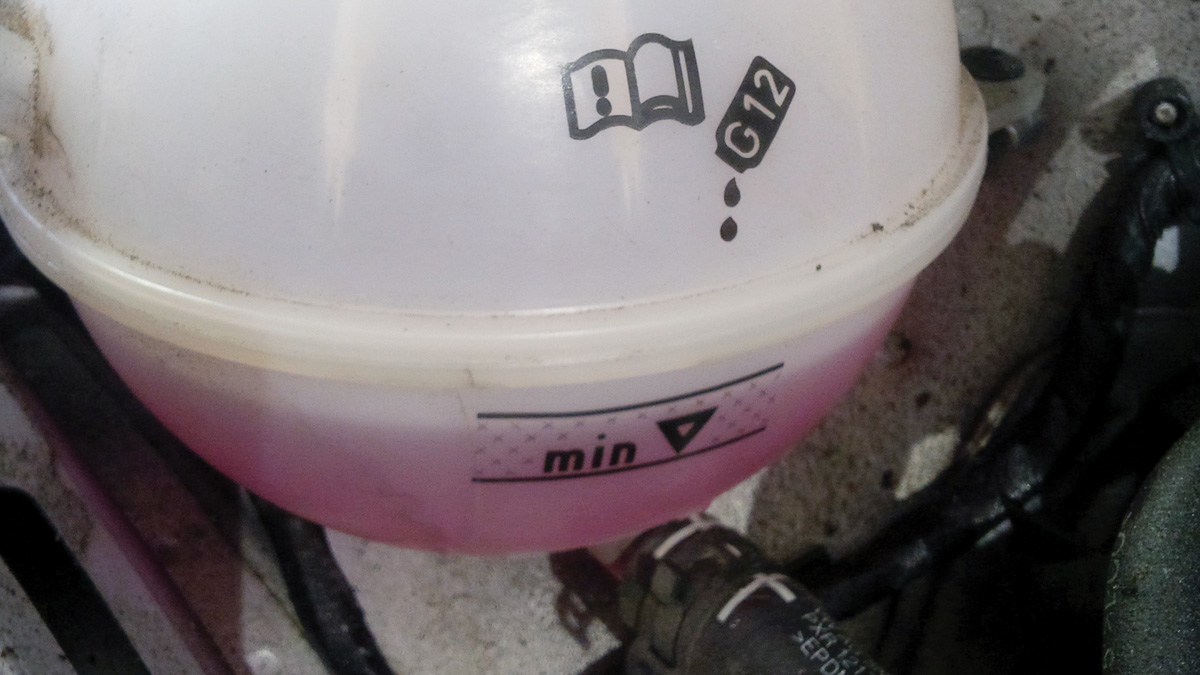

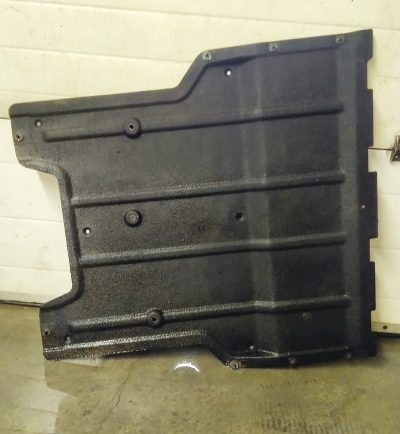

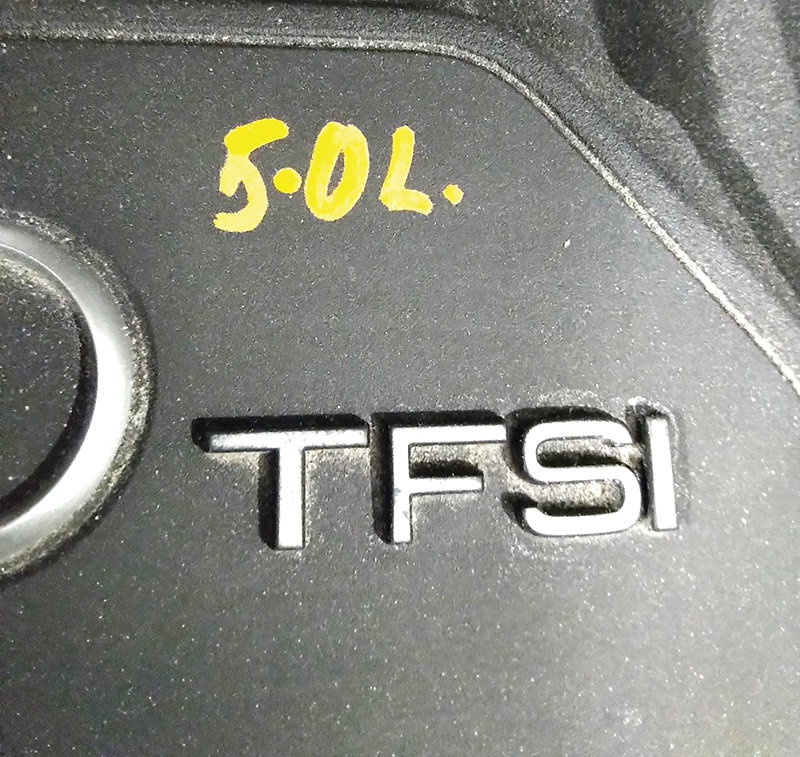
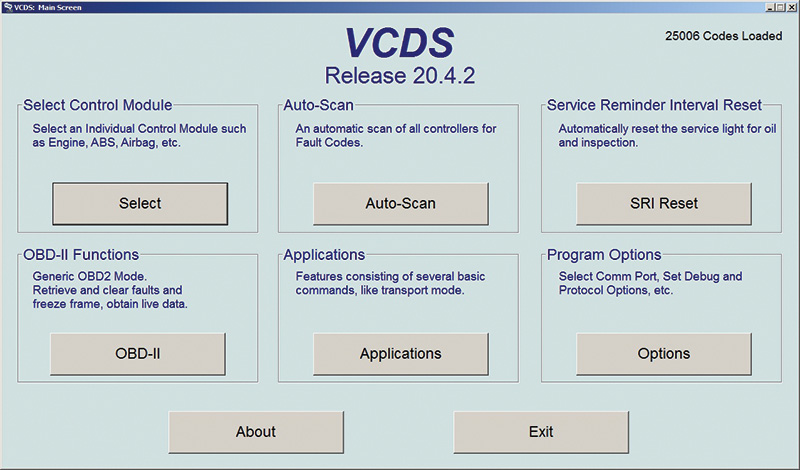
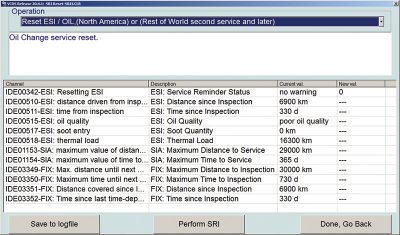
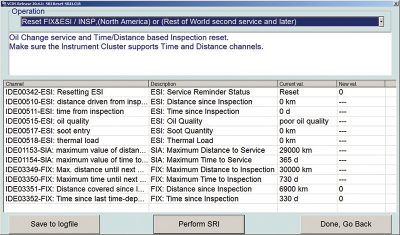




0 Comments